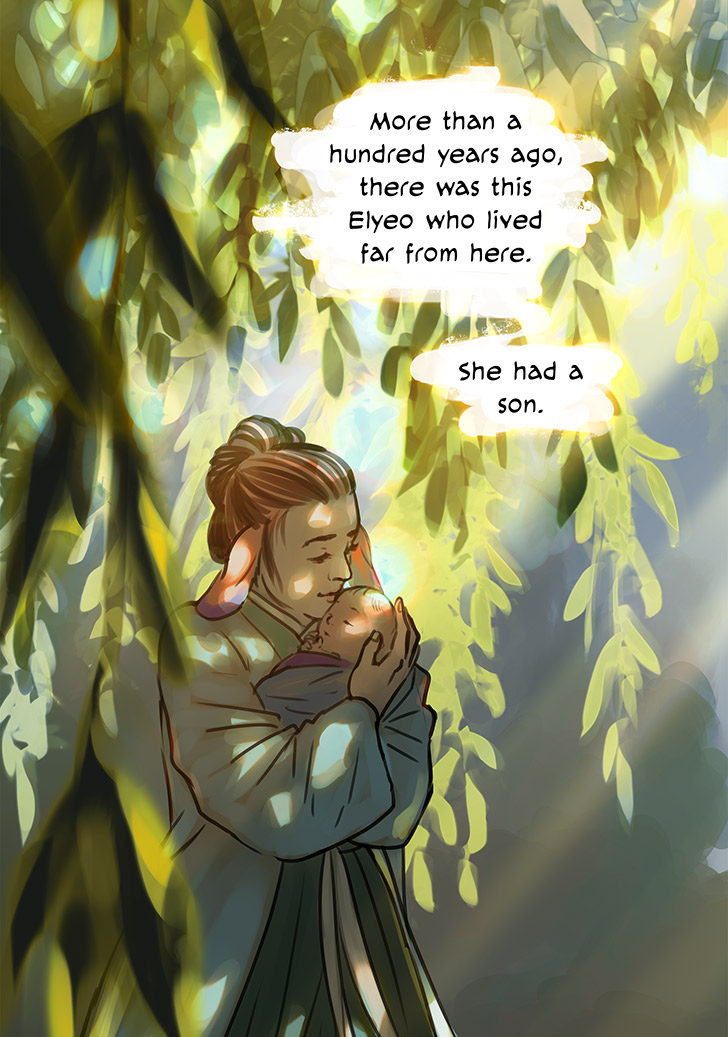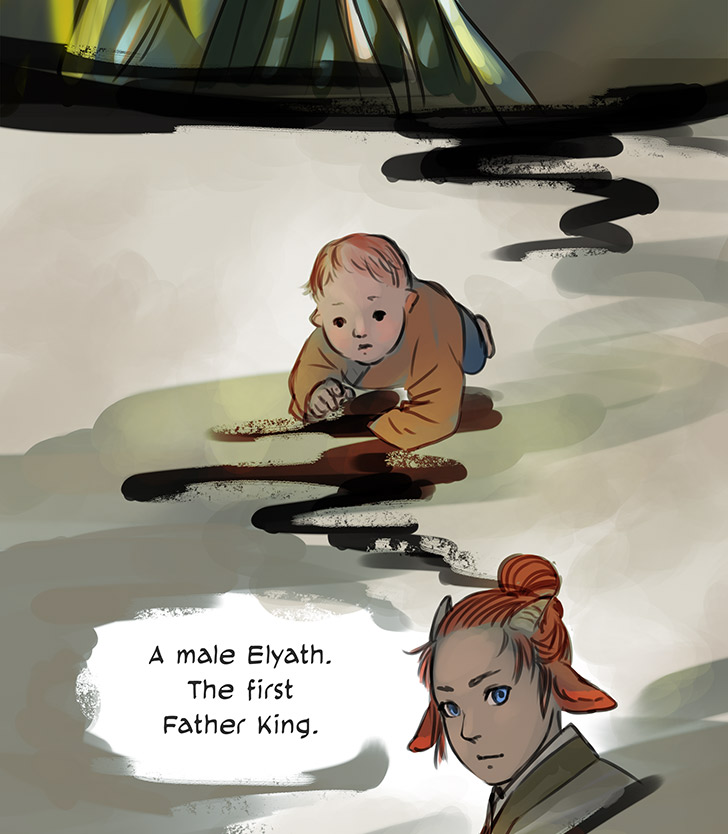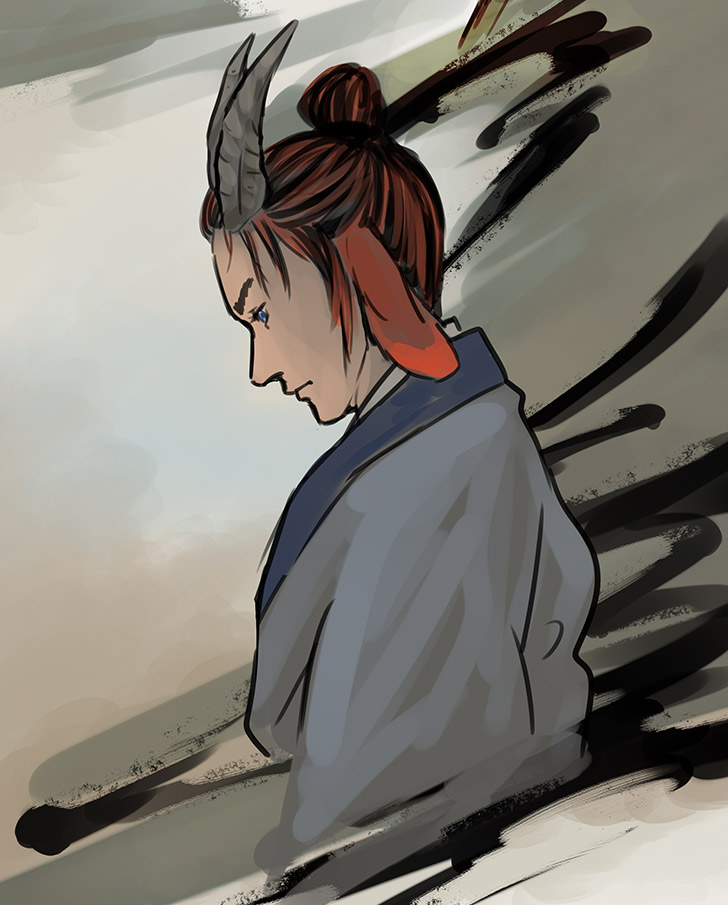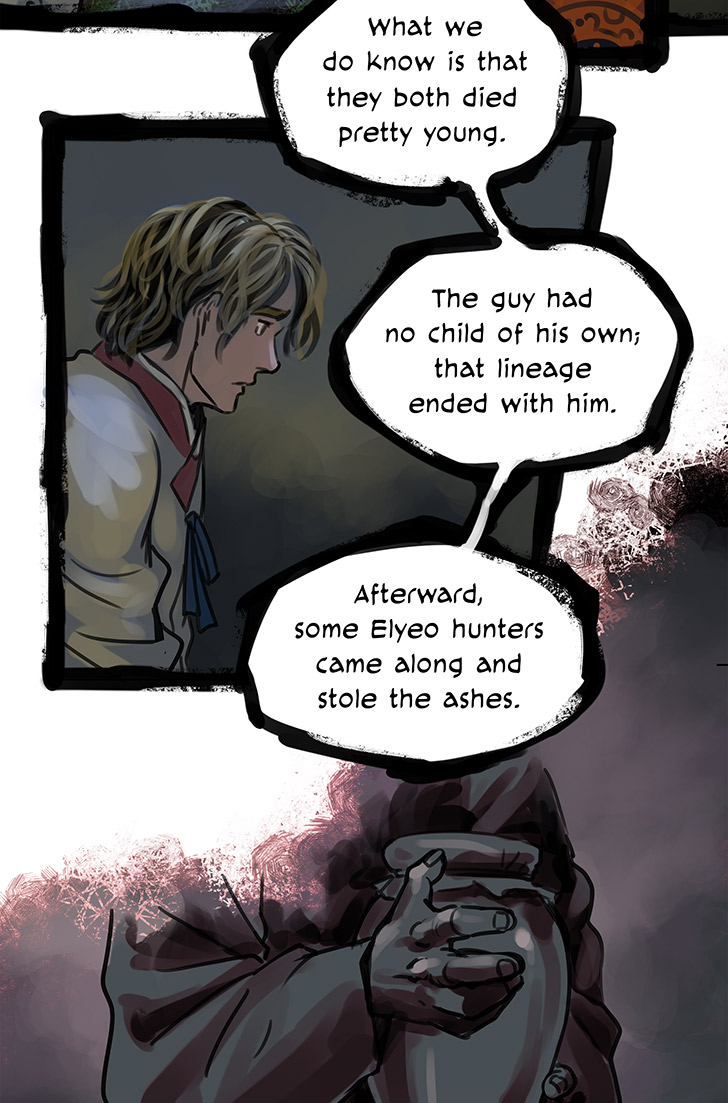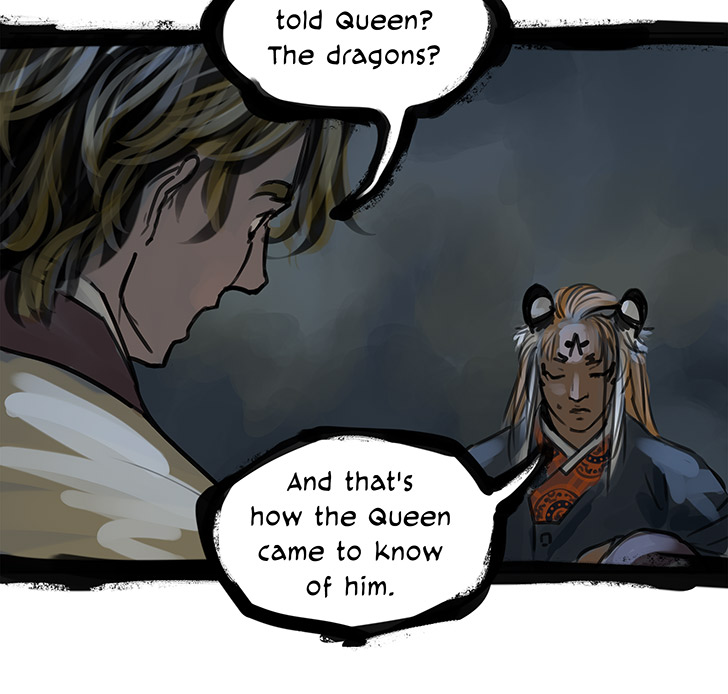Yep, keol is an actual word in Korean. In most places, if you see “keol,” it’s 걸 pronounced like “gull” — which I find extremely counter-intuitive. I mean, why does “eo” become “uh”???
So I use “keol” to represent 결, pronounced like gull with a Y after the G. If you want, you can C&P 결 into Google translator, and there’s a button somewhere that pronounces it for you. It’s a word referring to the way something flows. A few examples:
- Water keol refers to the quality of currents; strong water keol would be strong currents.
- Hair keol is the silkiness of your hair. Skin keol is also the silkiness/ softness of your skin. You can have good hair keol (silky hair) or terrible hair keol.
- Wind keol is a poetic-ish phrase, usually found in song lyrics where they sing about your love scattering in the wind.
- When you say or do something while not fully awake, that’s “in sleep keol.” This isn’t sleepwalking or sleeptalking; it’s more like when someone asks you a question while you’re asleep, and you give a response without fully waking up.
- Wood keol usually refers to the direction of the grain of wood.
Back to the story, though! In the Korean version, Keol the nation was called 결나라 (written keol-nara, pronounced more like keol-lara). It follows the pattern of other nations/dynasties with single syllable names: e.g. Tang-나라 for the Tang dynasty.

